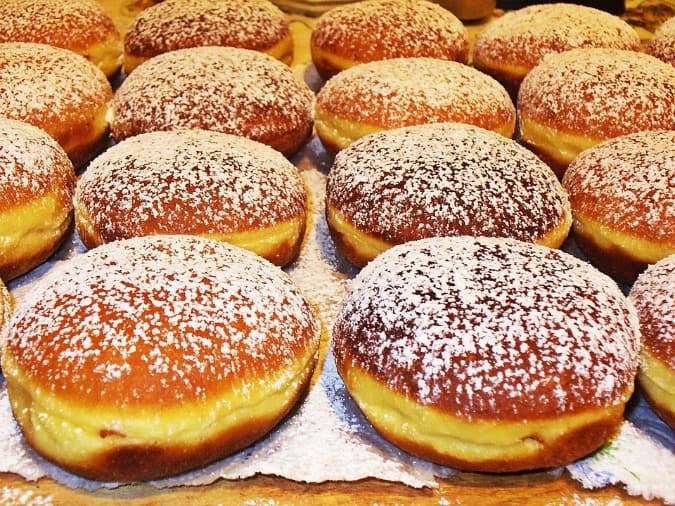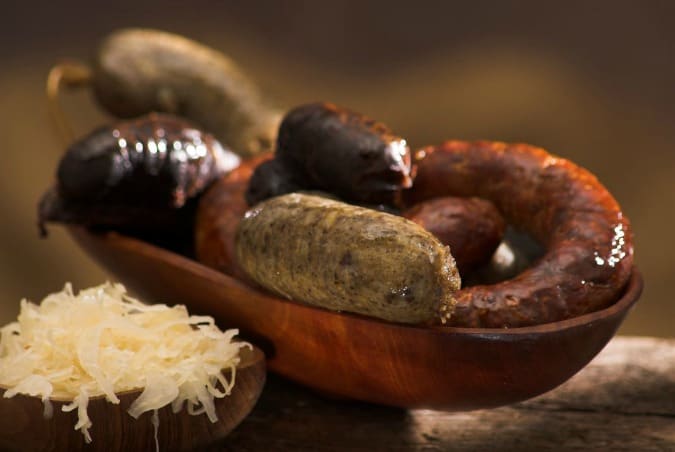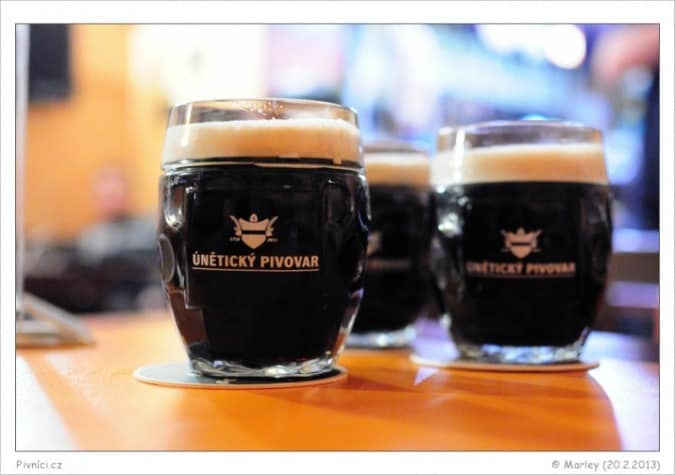The Czech celebrations for Masopust – the local incarnation of Mardi Gras – see several weeks of colorful street parades taking place in both Prague and farther afield. These re-enactments of the ancient rites and rituals leading up to the Lenten season promise three-days of pageantry and feasting. With a 700-year-old history in the Czech lands, masopust is truly a folk custom for the ages. Grab a mask and get into the festivities like a local:
Fat Tuesday or Fat Thursday? Get Your Days Straight
Epiphany begins on January 7 and ends on Shrove Tuesday (or Fat Tuesday) which is the day before Ash Wednesday and begins the 40 days of Lent. Fat Thursday, however, is six days before Ash Wednesday and marks the traditional beginning of the carnival festivities in many European cultures.

And don’t be surprised if you hear masopust referred to as maškara, meaning “fright”, the old world for masopust; in Moravia it’s called fašank.
Go Crazy for Kobliha
Whether you eat them on a Thursday or a Tuesday, masopust wouldn’t be masopust without kobliha. Buy them (we highly recommend Maso a Kobliha in Prague or one of these Expats-approved donut shops) or whip up a batch in your own kitchen – no pre-Lenten feast is complete without these custard- or jelly-filled and sugar-sprinkled delights elsewhere known paczki. See Five Sinful Czech Fat Tuesday Treats for recipes for additional Czech masopust treats.

Know Your Costume Symbolism
If you’ve joined a masopust parade in the past you may have noticed some recurring mask motifs – namely bear costumes, gender-confused brides and grooms, a menagerie of animals and occupations, and towering clown hats. Many of these costumes represent fertility rites (especially the bear who takes a symbolic twirl with the single ladies), prosperity, and the driving out winter. Other popular costumes include granny-in-a-basket and the still-relevant-today parody of unpopular officials. Czechs have a way of creating fantastically ornate ensembles verging on folk art.
A post shared by Elizabeth Zahradnicek-Haas (@elizabetka_z) on
Sit Down to Fatty Pork Feast
The fruits of the traditional zabijačka, or hog slaughter – boiled pork, black pudding, blood sausages or head cheese – can be found on menus throughout Prague and the Czech Republic during carnival season. In fact, the ritual pig-sticking is so important to Czech culture that it is portrayed on the astronomical clock in Old Town as well as depicted in the works of Czech painter Josef Lada.

Enjoy a Carnival Brew
Most local breweries devote a tap or two to a masopust special this time of year, typically a stronger, dark beer often enhanced with ingredients like green pepper to aid digestion from all that feasting. Two of note: Únětice brewery’s Carnival Bock 16° and the masopust semi-dark beer from Strahov brewery in Prague.
Here’s a list of local masopust celebrations for 2018; tradition says if you party past midnight on Fat Tuesday, you risk seeing the devil in a green jacket. In order to avoid such an unpleasant encounter, musicians used to “bury the bass” to signify the end of carnival revelry – you’ve been warned!
-
Malostranské masopust
February 10 -
Náplavka Masopust & zabijačka
February 10 -
Mokropeský masopust
February 10 -
Žižkov masopust
February 10-13 -
Vršovický masopust
February 10 -
24th Břevnov carnival
February 13 -
Masopust v Roztokách a Uněticích
February 10-13 -
Hlubočepský masopust
Feb 17-18 -
Dobeška masopust
Feb 18
Where and how do you celebrate masopust season in the Czech Republic?













 Reading time: 3 minutes
Reading time: 3 minutes 





















